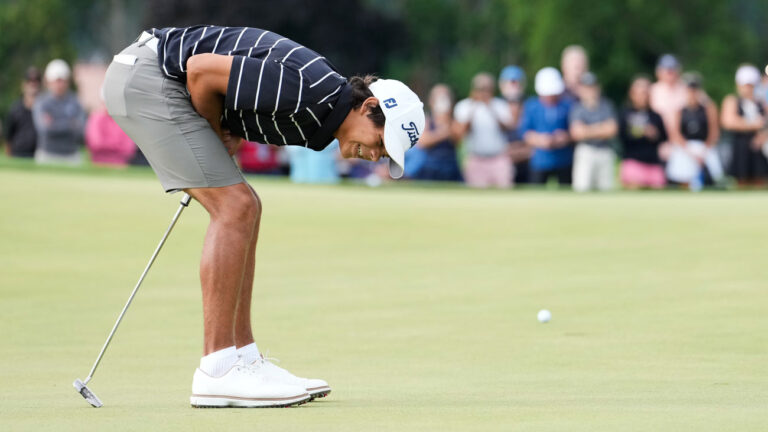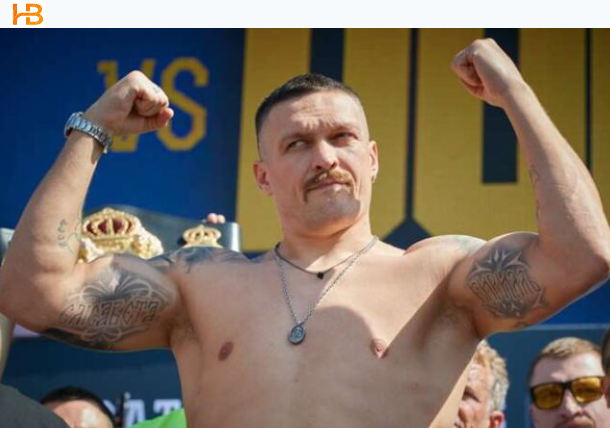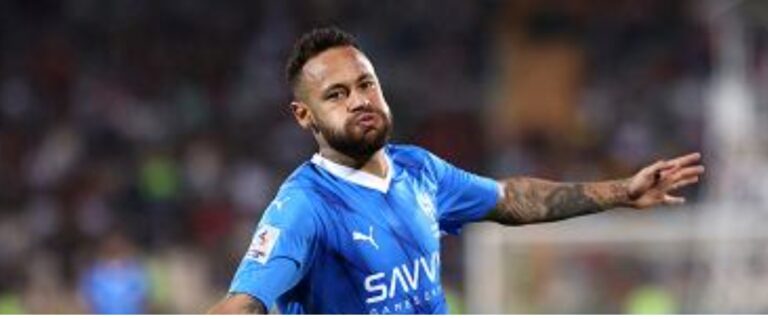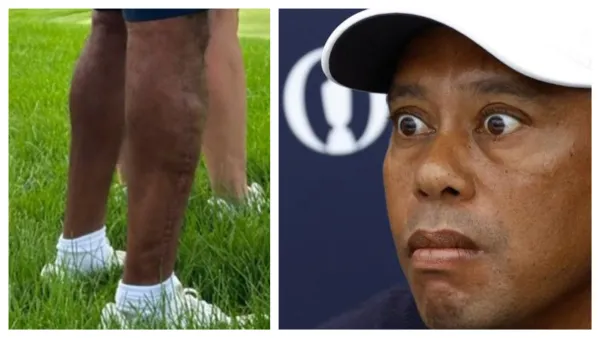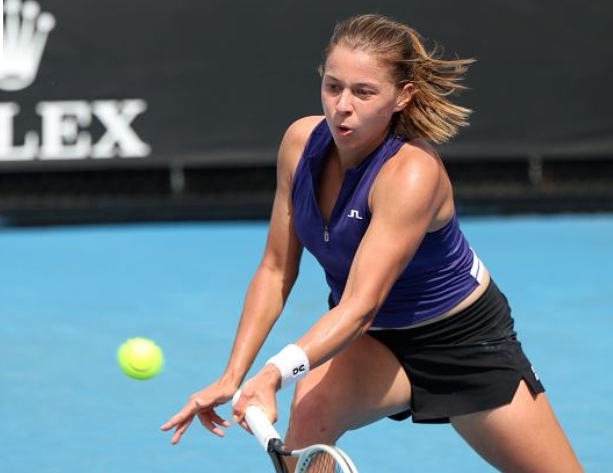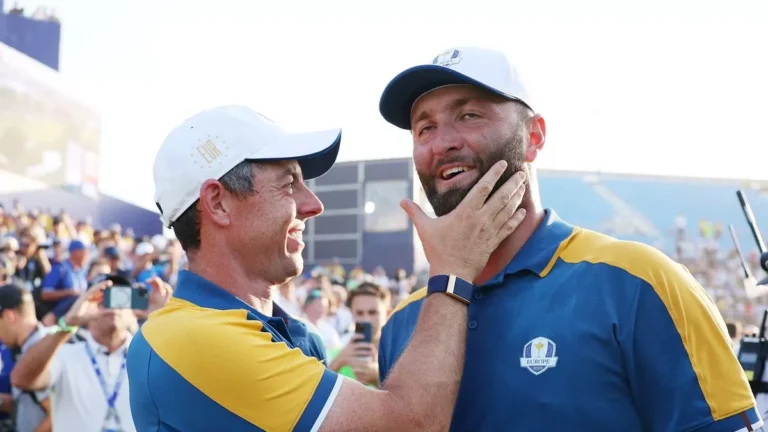Charlie Woods struggles in U.S. Junior Amateur debut but still puts on show
A Tale of Two Generations: Charlie Woods Steps into the Spotlight
Playing golf in a fishbowl isn’t easy. Just ask Tiger Woods.
“You get so much attention,” he once said. “It’s really hard.”
Woods was only 15 when he shared that insight in 1991, already an extraordinary junior talent unlike anything the golf world had seen. By the age of 2, he had appeared on national TV with Bob Hope, and at 3, he had broken 50 for nine holes. By 8, he was breaking 70 for 18 holes. At 15, Tiger won his record sixth Junior World Golf Championship, shooting a final-round 69 at the formidable Torrey Pines South. Dana Haddad wrote in the Los Angeles Times after that victory, “Don’t let his big eyes, bony arms, and knobby knees fool you. Eldrick ‘Tiger’ Woods of Cypress, just a babe at 15, is the man-child of golf.”
What followed was a storied career: three U.S. Junior Amateur titles, three U.S. Amateur victories, 82 PGA Tour wins, including 15 majors. But beyond these accolades, another number holds great significance for Woods: 2 — the number of children he has, a daughter, Sam, now 17, and a son, Charlie, 15.
While Sam never took to golf seriously, Charlie has emerged as a significant talent. He is a rising sophomore at The Benjamin School in Palm Beach, Florida, playing alongside Justin Leonard’s son, Luke, and other talented teenagers on a team that won the school’s fourth state championship last fall. (Gary and Michael Nicklaus, sons of Jack Nicklaus, also attended The Benjamin School.)
At a Florida qualifier for the U.S. Junior Amateur last month, Charlie faced an early challenge, being three over through two holes. Undeterred, he resolved, “I just told myself not to make any more bogeys or doubles.” Playing the next 16 holes in four under, he signed for a one-under 71, earning medalist honors and a spot in his first U.S. Junior Amateur at Oakland Hills Country Club near Detroit, where his father made the cut at the 1996 U.S. Open as an amateur.
Golf often creates full-circle moments, and Charlie’s participation in the U.S. Junior feels especially poignant given his father’s history in the event. This marks the latest phase in Charlie’s emergence: playing in a state championship is one thing, as is competing in nationally televised exhibitions like the PNC Championship or attempting to Monday qualify for a PGA Tour event. But the U.S. Junior is another level entirely: a national championship run by the United States Golf Association, the pinnacle for junior golfers. Just qualifying is a significant achievement.
Which brings us back to the fishbowl.
At 15, Charlie now understands what his father knew at his age: his competitive rounds are different, especially with Tiger in attendance. There are more eyes, more scrutiny, more distractions. At a PGA Tour qualifier in February, fans crowded the fairways to be near Charlie, with some asking for autographs mid-round. “You can’t stop anyone from coming, and if Tiger’s there, it’s crazier,” Charlie’s high school coach, Toby Harbeck, said last year about the scene at some of his tournaments. “Trust me, there are people in trees taking pictures. Microphones in his face.”
The attention was palpable at Oakland Hills. As Charlie teed off on the North Course’s 1st hole just before 8:30 a.m., a crowd of a few hundred, phones raised, surrounded the tee box — this at a tournament where groups typically attract only a few dozen fans. Standing behind and to the right of the tee was Tiger, in a white hat and striped Sun Day Red polo, elevated on a berm and hard to miss. “I’ve been in a gallery like this before,” said Chase Kyes, a rising high school senior from Alabama and one of Charlie’s playing partners, “but never played in front of a gallery like this.”
Charlie began steadily with three pars but faltered at the 200-yard par-3 4th, needing three shots to find the green and making double bogey. Tiger followed closely, watching from beside tees and greens. While Charlie is accustomed to his father’s presence, his playing partners were not. “I looked over at him a couple of times, but I really tried not to,” Kyes said of Tiger. “There’s a lot of pressure with his name.”
Charlie managed a birdie at the par-5 5th but struggled to a front-nine 40, the same score his father shot in the first nine holes at the 1997 Masters before his historic comeback. However, Charlie’s round produced no such fireworks. On the back nine, he made three double bogeys, two bogeys, and a lone birdie to shoot 42 and finish at 12 over. With 60 players shooting par or better, Charlie likely missed the cut.
Charlie didn’t speak with reporters after the round, but his partners did. They were struck by the weight on Charlie’s shoulders and the excitement of playing before such a large gallery.
“The amount of pressure he has on him is unbelievable,” said Davis Ovard, a rising sophomore at Baylor and Charlie’s other partner. “I can’t imagine being in his shoes.”
Ovard, who shot 73, saw more of Tiger during Sunday’s practice round. “He was just walking down the middle of the fairways with us and on the greens with us, and we were talking about the course,” Ovard said. “It was crazy.”
Kyes enjoyed the experience of playing before so many fans. “It’s great for the game, especially for young kids like us,” he said. “Hopefully, it won’t be the last time we’re in front of crowds like this. The earlier you get used to it, the better off you’ll be.”
Charlie is surely getting used to it. Maybe he already is. What other choice does he have?
